Global advances in synthetic biology
Drug Discovery World
NOVEMBER 17, 2022
It is believed that the term synthetic biology was created in 1970 by geneticist, Waclaw Szybalski 1 as work was being carried out on the development of DNA sequencing and synthesis techniques. The Rockefeller University 2 recently reported the development of a synthetic antibiotic that could potentially work against drug-resistant bacteria.

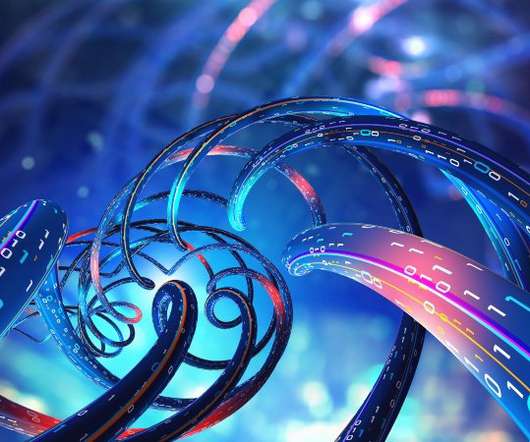


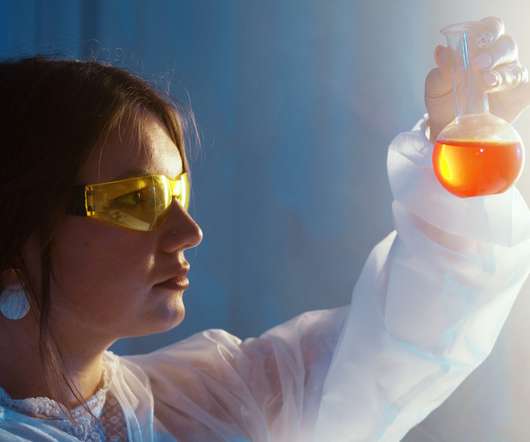

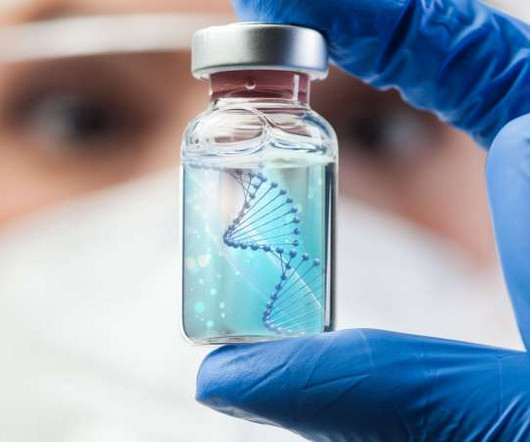
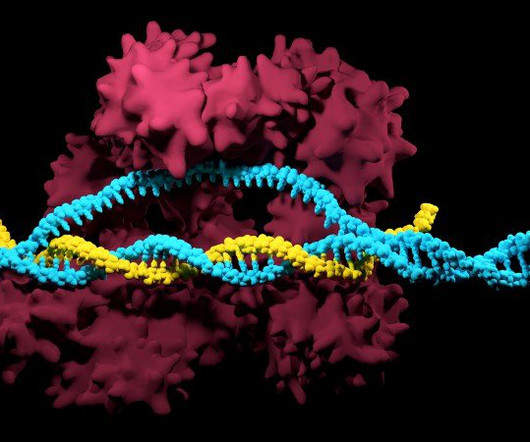
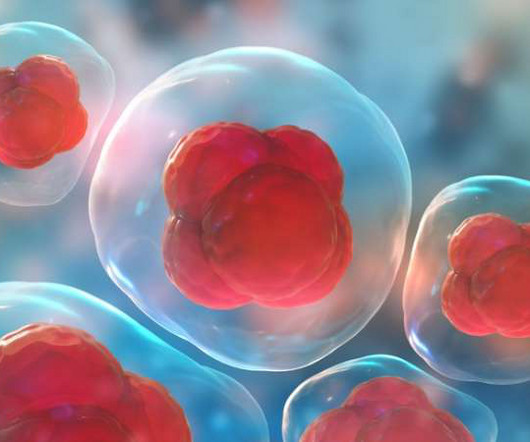
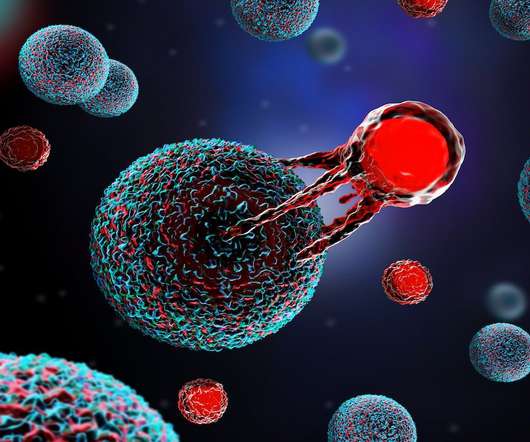

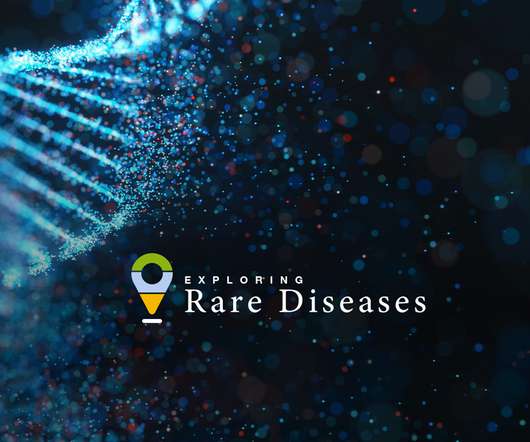
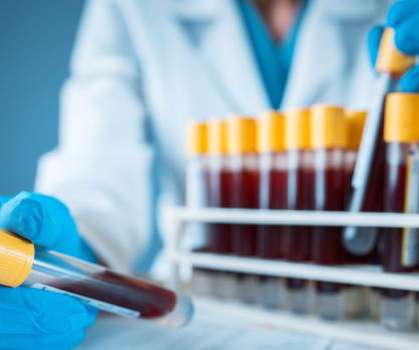
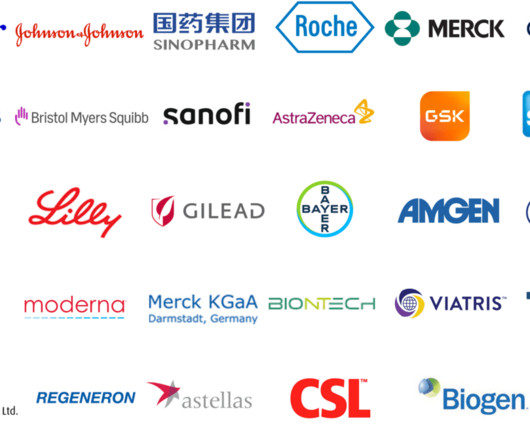
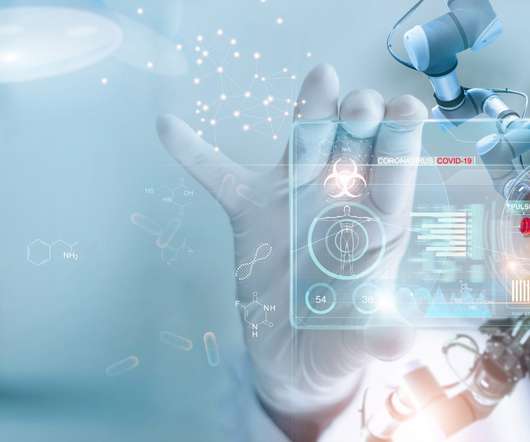







Let's personalize your content